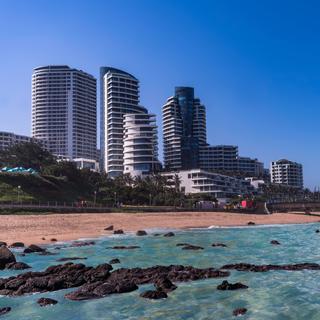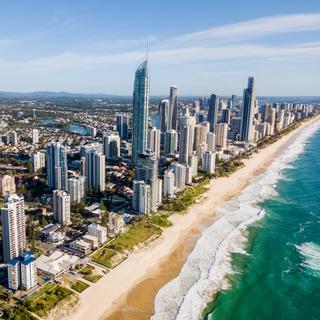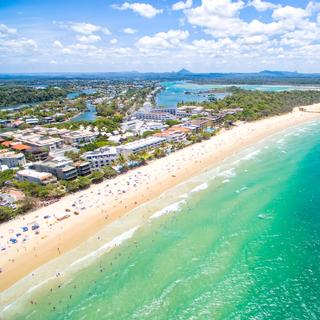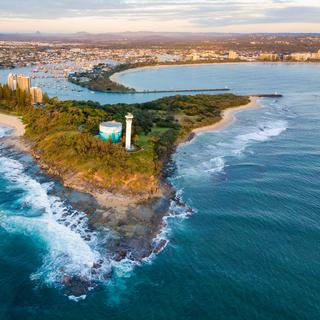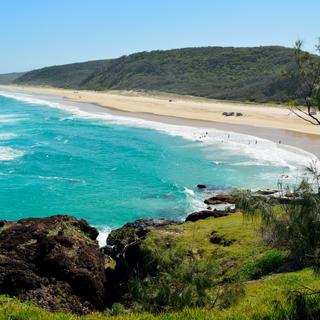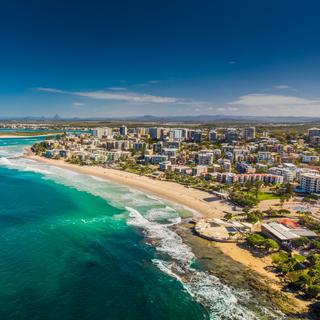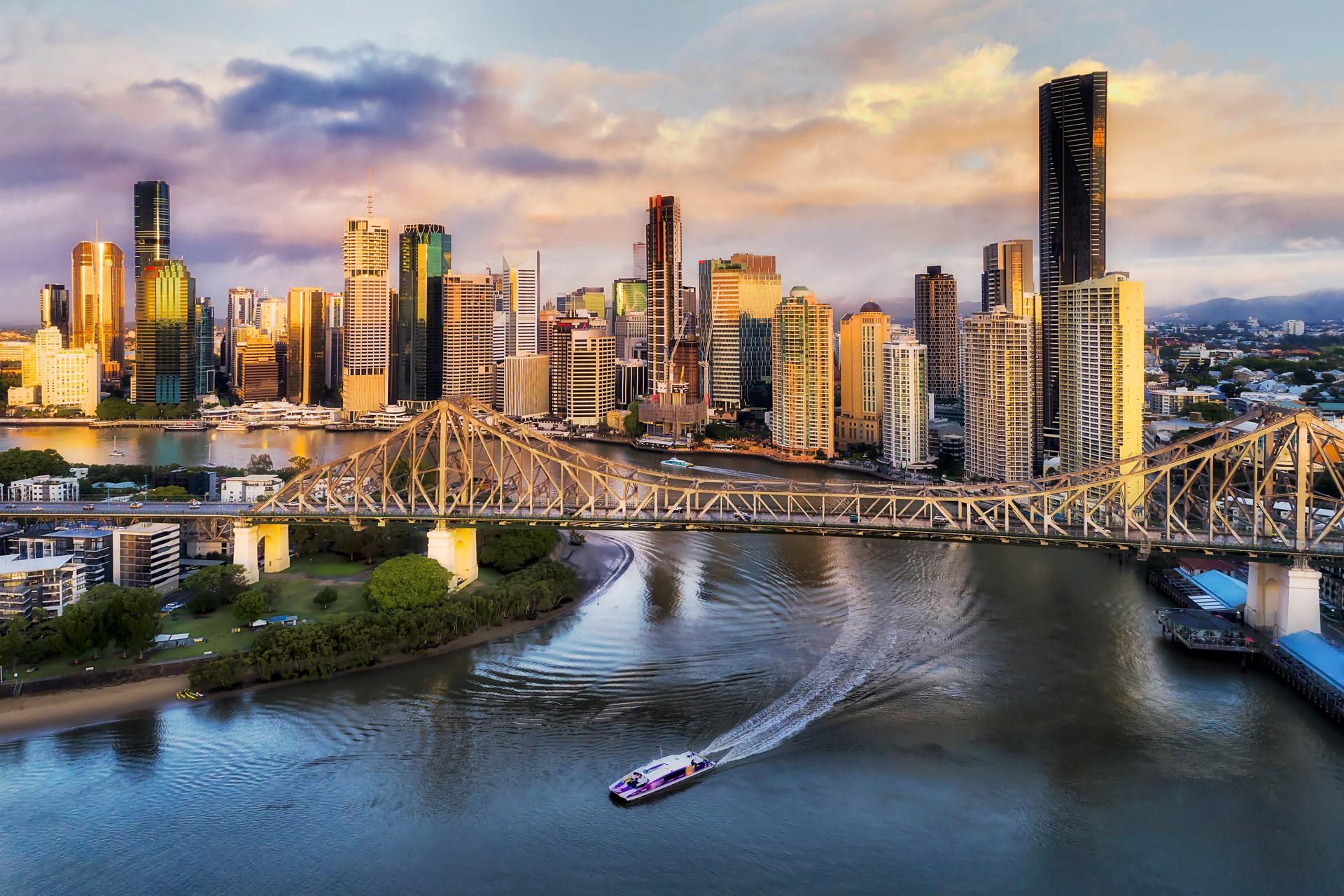
Brisbane weather and climate in 2025

Brisbane weather and climate in 2025
Day
22 °C
Night
9 °C
Sea
20 °C
Precipitation
38 mm
in month
Rainy days
6 days
in month
Daylight
11 hours
average
Sunshine
8 hours
average
Humidity
54 %
Weather charts for Brisbane
Destinations nearby and activities
Destinations nearby
Activities in Brisbane

Find more destinations like this
Destinations with similar weather to Brisbane
Other destinations in Queensland - Southeast coast - Australia
Closest cities for Brisbane
Weather overview for Brisbane
Weather overview
Brisbane, situated in Australia, boasts a predominantly tropical climate, with daytime temperatures varying appreciably between the cooler 21 °C (69 °F) in July and the warmer 30 °C (85 °F) come January. Characteristically, August stands out as the driest month, averaging a mere 6 days of rainfall, while February typically marks the peak of the rainy season with as many as 14 days of precipitation. As night falls, the thermometer readings range from a brisk 9 °C (48 °F) in July to a more balmy 21 °C (69 °F) in January. Sea surface temperatures swell from a cool 20 °C (68 °F) in August to a pleasant 26 °C (80 °F) by February.
January weather
In Brisbane during the peak of the tourist season, daytime temperatures soar to an impressive 30 °C (85 °F), with sea temperatures warming up to 26 °C (79 °F). Nighttime temperatures also reach their zenith, registering at 21 °C (69 °F).
February weather
The tourist season continues in Brisbane through February with an observable peak in rainy days totalling 14 days. Rainfall reaches its annual maximum, and the sea temperature warms to a cozy 26 °C (80 °F). A subtle decrease in clear sun hours is noted, now averaging 7 hours.
March weather
During March, tourist interest persists as sea temperatures begin to cool slightly, reaching 26 °C (78 °F). Cooling trends are also noted in the daytime temperatures, coming in at 29 °C (83 °F), while the number of rainy days starts to drop off, now at 14 days. Nighttime temperatures remain comfortable, positioned at 19 °C (66 °F).
April weather
April in Brisbane sees a continued decline in sea temperatures to 24 °C (75 °F), alongside a reduction in daytime warmth. The frequency of rainy days decreases in kind, registering at 13 days, with the rainfall also on the wane at 119 mm (4.67 in). Mild nighttime temperatures prevail at 16 °C (61 °F). The onset of fewer sunlit hours is evidenced by an average of 7 hours.
May weather
May in Brisbane witnesses a continuation of the cooling trend, with daytime temperatures around 24 °C (75 °F) and dipping sea temperatures reaching 23 °C (73 °F). The reduction in rainy days continues, marked by 12 days. Rainfall levels also decline. Brisbane nights become cooler as well. The least amount of sunlit hours is noted this month, averaging 6 hours.
June weather
June sees a further decrement in sea temperatures to 22 °C (71 °F), paralleling the daytime temperature drop in Brisbane to a moderate 21 °C (71 °F). The declining trend in the number of rainy days marches on, and a drop in the rainy volume is witnessed at 65 mm (2.56 in). The cool wave continues during the night. Notably, Brisbane starts to reap the benefits of more pronounced sunlight hours, now up to 7 hours.
July weather
July in Brisbane is marked by sea temperatures reaching a modest 20 °C (69 °F) and daytime warmth at a minimum of 21 °C (69 °F). The downward spiral in rainy days proceeds, logged at 8 days, with an accompanying decline in precipitation at 51 mm (2.00 in). Chilly nighttime temperatures hit their lowest at 9 °C (48 °F) as Brisbane embraces the onset of the dry season.
August weather
The upward curve begins for daytime temperatures in Brisbane during August, marked by 22 °C (72 °F), while sea temperatures are at their lowest, at 20 °C (68 °F). Brisbane also sees its least amount of rainfall, totaling 6 days, and the rain tallies continue to decrease with 38 mm (1.50 in) noted. The dry season is in full swing, with an increase in sunlight hours to 8 hours.
September weather
With the transition to September, Brisbane enjoys a gentle rise in daytime temperatures to 25 °C (76 °F), while evenings begin to grow warmer. An uptick in sunlit hours is the hallmark of September, lighting up the city for an average of 9 hours. Rain volumes reach a nadir at 37 mm (1.45 in), and winds moderate to their slightest at 3. The dry season feels its full effect as humidity drops to its minimum at 52 %.
October weather
October in Brisbane witnesses further warming trends, with daytime temperatures climbing to 26 °C (79 °F) and the sea beginning its temperature increase, averaging 22 °C (71 °F). The nascent rise in rainy days is noticeable, documented at 9 days, alongside a slight upturn in rainfall. Nighttime temperatures steadily climb as well, marked by 15 °C (59 °F). A gradual decrease in sunlit hours begins, now accounting for 8 hours.
November weather
The escalation in Brisbane's daytime warmth continues through November, registering 27 °C (81 °F), concurrent with the sea's warming trend, now at 23 °C (74 °F). The ascension in rainy day frequency motions onward, peaking at 10 days, as does the climb in precipitation, now at 100 mm (3.94 in). Evening temperatures align with the upward trajectory, resting at 17 °C (63 °F).
December weather
December in Brisbane signals the onset of the tourist season, with advancing sea temperatures and a parallel incremental rise in daytime warmth, now peaking at 29 °C (84 °F). Rainfall mounts, evidenced by 131 mm (5.16 in), complemented by an upsurge in the number of rainy days. The evening warmth persists, averaging 19 °C (67 °F).
FAQs
Is Brisbane quite warm in January?
Brisbane offers comfortably warm weather in January, with temperatures that are enjoyable without becoming oppressive.
Can I anticipate high temperatures in Brisbane during February?
Expect delightfully warm conditions in February in Brisbane, with an average daytime temperature of 29 °C (85 °F) perfect for beachside relaxation, although it may feel rather hot when directly under the sun. Make sure you bring beach essentials like sandals and sunblock.
Would March be a favorable month for a Brisbane getaway?
Absolutely, March is a wonderful time to vacation in Brisbane with daytime temperatures averaging 29 °C (83 °F), the sea remaining inviting at 26 °C (78 °F), and nighttime temperatures providing comfort.
What sort of wind conditions might I encounter in Brisbane during April?
Mild winds are typical in April in Brisbane, averaging around 4 m/s.
How extensive are Brisbane's daylight hours in May?
Expect approximately 6 hours of sunshine daily throughout May in Brisbane.
How frequently does it rain in Brisbane during June?
June in Brisbane brings rains on average for about 9 days, indicating the start of drier conditions.
What is the average nighttime temperature in Brisbane during July?
July nights in Brisbane are cool with an average temperature of 9 °C (48 °F), necessitating warm attire for evening strolls; ensure accommodations are well-heated.
What's the temperature of the ocean like in Brisbane in August?
In August, sea temperatures off Brisbane average a brisk 20 °C (68 °F), which might not appeal to those keen on warmer waters for swimming.
During September, what's the usual count of rain-affected days in Brisbane?
Expect an average of 6 days with rainfall in September in Brisbane.
What level of humidity should be anticipated in Brisbane for October?
In October, Brisbane's humidity hovers around the 55 % mark.
Is November still within Brisbane's dry season?
Contrary to dry season conditions, November sees an average of 10 days of rain in Brisbane.
Does Brisbane experience a wet season in December?
December is not typically categorized as a wet season in Brisbane, with the expectation of around 12 days days of rain throughout the month.
